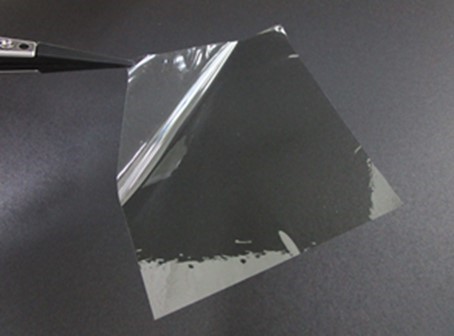Toray Industries, Japan, has announced that it has created an ion-conductive polymer membrane for air batteries.
Employed in separators, this membrane should help improve the safety and longevity of lithium-air batteries and extend the cruising ranges of electric vehicles, industrial drones, and urban air mobility systems, Toray said in a release.
The company developed part of this technology under a grant for the JPN P21005 project of New Energy and Industrial Technology Development Organization.
The need for high-density batteries
Demand is surging for rechargeable batteries for electric vehicles and other automotive applications and mobile electronic devices, stationary storage batteries, and other consumer applications. These rechargeable batteries have to be lighter and deliver higher energy densities to increase the cruising ranges of electric vehicles and industrial drones and make urban air mobility systems feasible.
Air batteries vs conventional batteries
Lithium-air batteries employ air electrode at the anode and metallic lithium at the cathode, and have captured particular attention in this regard. That is because they are lighter than conventional lithium-ion batteries and offer a 10-fold higher theoretical specific energy density. The downside of using microporous film, a common separator, in these batteries is that different electrolytes used in the anode and cathode mix after repeated charge and discharge cycles. The batteries thus tend to deteriorate easily. Another issue is that lithium dendrite deposition and growth during charging can compromise safety by breaking through a separator and causing a short circuit between positive and negative electrodes.
Lithium-ion hopping
Toray addressed these issues by designing a polymer that enables lithium-ion hopping and leveraging the molecular design technology for highly heat-resistant aramid polymers that it has cultivated over the years to create a lithium salt compound.
The result
The result was a non-porous polymer membrane with an ion conductivity of 3×10-5S/cm. This high conductivity enables batteries to operate despite the membrane being non-porous. This non-porosity makes it possible, in principle, to attain two types of electrolyte separation and suppresses lithium dendrite formation.
More stability
Toray verified that lithium metal batteries employing its ion-conductive polymer film can operate stably 10 times longer during charge-discharge cycles than those using microporous film. The company will accelerate research and development to swiftly complete its new technology and deploy it with advanced rechargeable batteries, including for developing lithium-air batteries.
Glossary of terms
- An air battery uses oxidation at the anode and metal at the cathode.
- Urban air mobility refers to the use of aircraft to transport people and cargo at low altitudes in urban areas.
- Lithium dendrites are crystals that form during battery charging. Their growth can degrade battery performance and cause internal short circuits.
- Hopping refers to conduction in which lithium ions jump between adjacent sites.
- Aramid, or aromatic polyamide, is a high-performance polymers offering outstanding heat resistance and rigidity. Toray was the first in the world to commercialize an aramid film, which it markets under the mictron™ brand. Its extensive use in data storage tapes draws on outstanding rigidity among mass-produced films. Aramid’s thermal resistance is second only to that of polyimide, so it is also employed in thin film circuits.

